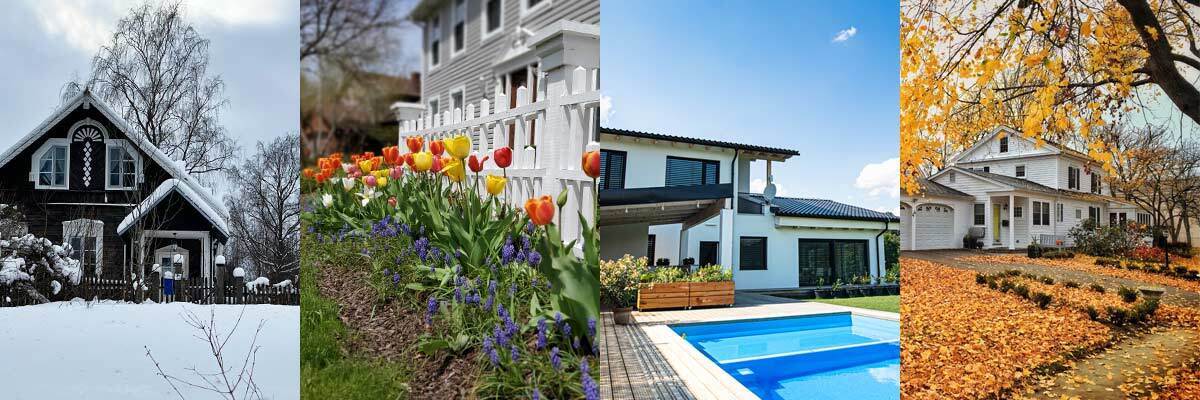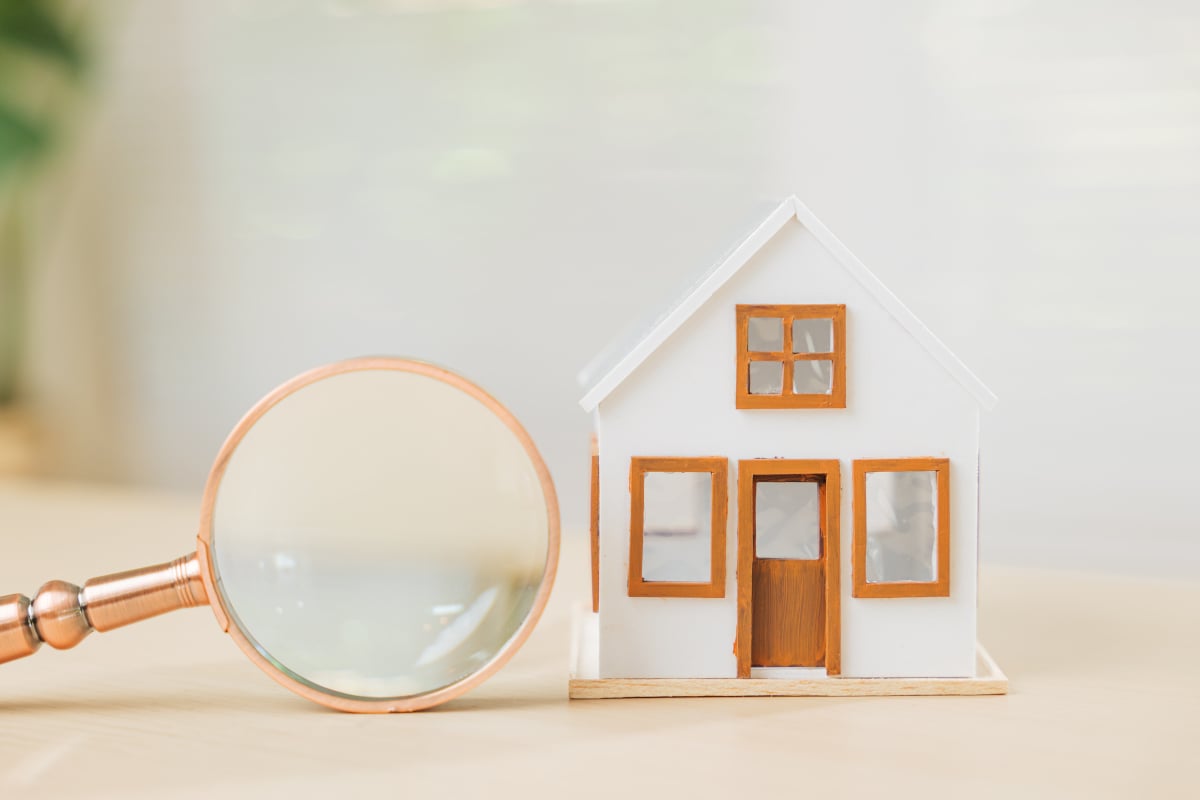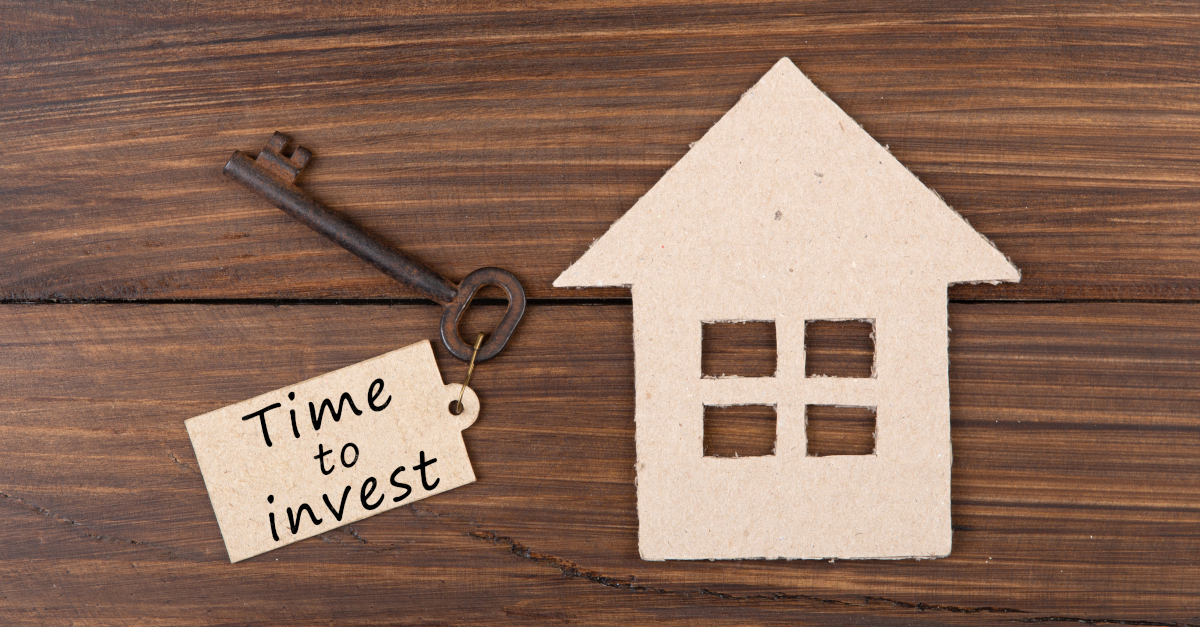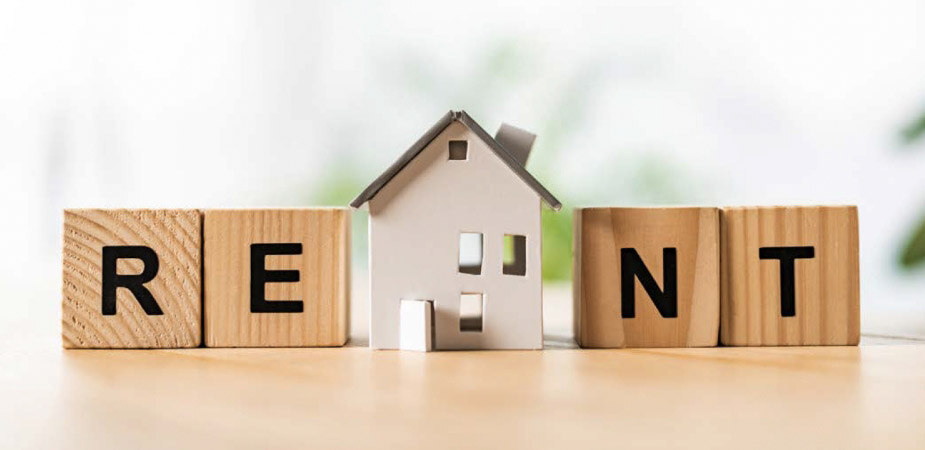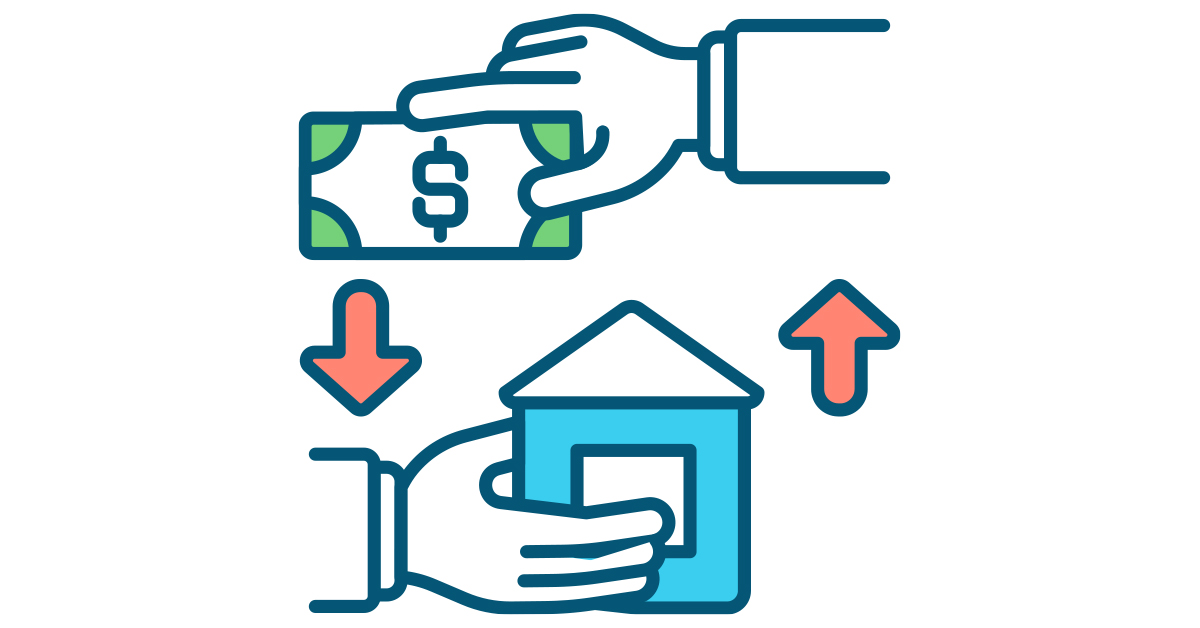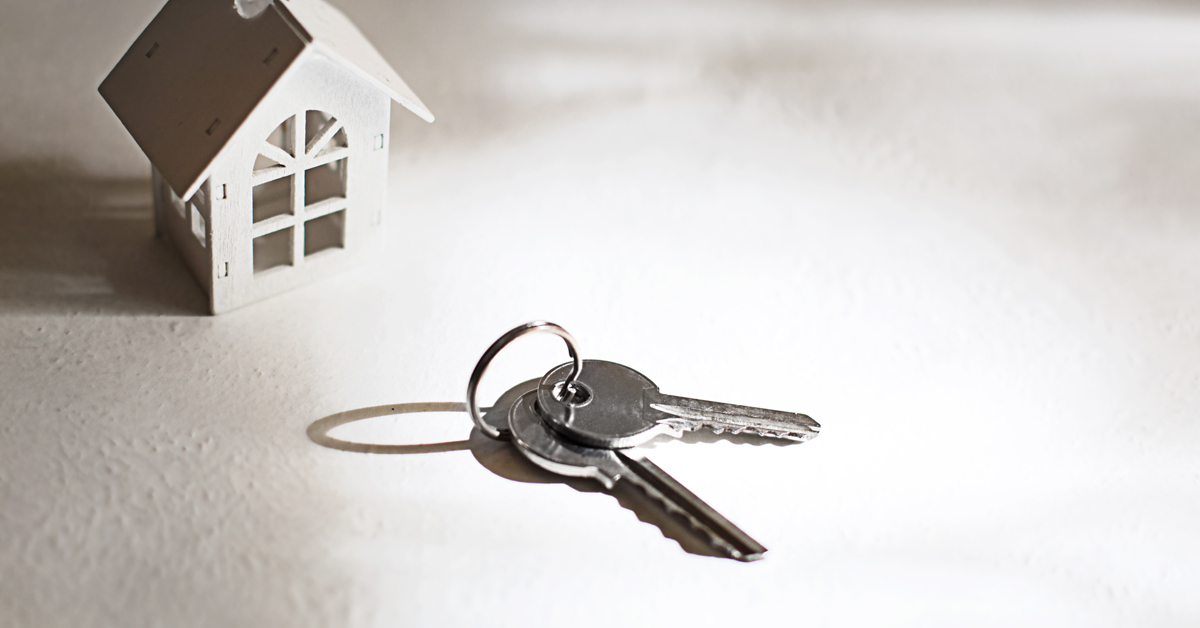At Residential Capital Partners, we help residential fix-and-flip and rental investors move quickly on opportunities that make sense. This renewed tax incentive adds another lever to boost returns, improve cash flow, and reinvest faster. Here’s what you need to know.
Unlocking a Powerful Tax Tool for Real Estate Investors: 100% Bonus Depreciation Is Back
Topics: Rental Property Investment, Property Investment Strategies, Single family rentals, House Flipping, Housing Market Trends, Budgeting Tips, Rental Property Tips
Fall Market Shifts: What Real Estate Investors Should Watch Before Year-End
Here are some of the seasonal shifts to keep in mind as you move through the final quarter of the year:
Topics: Rental Property Investment, House Flipping Market Insights, Single family rentals, House Flipping, Housing Market Trends, Fix-and-Flip tips
The Real Estate Investor’s Guide to Seasonal Property Maintenance
Here’s a quick guide we've put together to emphasize some of the most important seasonal maintenance tasks you should consider as a fix and flip or long-term rental property investor.
Topics: Rental Property Investment, Single family rentals, House Flipping, Rental Property Tips, Fix-and-Flip tips
Tenant Red Flags: What Experienced Real Estate Investors Look For Before Signing a Lease
Here are some key red flags to keep in mind before signing that lease and turning over your property.
Topics: Rental Property Investment, Single family rentals, House Flipping
4 Key Considerations for Investing in Rental Property
Rental properties continue to be a popular investment option, offering the potential for steady passive income and long-term financial security. However, success in this area requires careful planning, knowledge of the market, and a clear investment strategy. Whether you’re a seasoned investor or new to real estate, we've outlined four of the most important things to consider when investing in rental properties today.
Topics: Fix-and-Flip Financing Tips, Rental Property Investment, Single family rentals
DSCR Loans vs. Mortgage Loans: Why Choose One Over the Other?
In the real estate investment world, choosing the right financing option is crucial for success. Two popular options are Debt Service Coverage Ratio (DSCR) loans and traditional bank loans. Here, we’ll explore the differences, advantages, and disadvantages of each, and why you might choose one over the other.
Topics: Rental Property Investment, Property Investment Strategies, real estate investing, Loans
Hot Suburban Markets for Rental Properties in 2024
As we move further into 2024, the real estate market continues to evolve, with suburban areas emerging as prime spots for rental property investments. The pandemic’s lasting impact on work-life dynamics has driven many families and professionals to seek more space and a better quality of life outside urban centers. For real estate investors, this shift presents a golden opportunity. Let’s explore some of the hottest suburban markets for rental properties in 2024.
Topics: Rental Property Investment, House Flipping Market Insights, Property Investment Strategies, Single family rentals, real estate investing
Smart moves when interest rates are high
Is your stomach turning every time the Fed raises their rates? You’re not alone. America is facing an affordable housing crisis; demand for affordable housing is high, but the high interest rate environment created by the Fed is producing gridlock when it comes to supply. You may be thinking it’s a good time to circle the wagons and wait out the storm. A defensive stance like so is not uncommon in times of economic uncertainty. But if history has a way of repeating itself (and it does), then now is the time to hunt for opportunity.
Topics: Rental Property Investment, House Flipping Market Insights, Investment Property Strategies, real estate investing
Pros and Cons of Vacation Rentals as an Investment Strategy
With 450 million travelers worldwide choosing vacation rentals over hotels in 2020, it’s no wonder why this investment strategy seems so appealing to investors. As the market continues to quickly grow with the prospect of profit (and a few other perks), there are still some considerations to weigh.
Topics: Rental Property Investment, House Flipping Market Insights
Urban Revival Spurs Rental Property Investment Opportunities
The pandemic has changed our lives and the economy in major ways. For many Americans, it has meant making the switch from working at the office to working from home. And it looks like working from home will continue permanently for many workers, even though some offices have reopened. With the flexibility of working from home, many Americans have opted to change where they call home. You may even be reading this from the comfort of your own home or local coffee shop!
With this new flexibility, some Americans have opted for a new view from their home office window. They are heading for both rural and suburban areas. We’ve witnessed younger households swap city life for the suburbs, while elderly Americans have hurried the decision to relocate to their retirement destination. Others still, have found refuge in country living. So, what’s left to buy, rent, fix, or flip?
To help you on your journey from rehab to rental, download the free Investment Rental Property Neighborhood Checklist.
How Can Single-Family Rental Property Investors Thrive in the Current Market?
All this has meant a hefty surge in demand for suburban single-family homes, retirement locales, vacation homes and investment properties. And while prices of homes in those markets have skyrocketed, both seasoned and first-time rental property and/or fix-and-flip home investors would be wise not to overlook other options with big potential. The flip side of this current real estate market is that with home prices spiking, little inventory, and high construction costs, an urban buy-to-rent property might be your next best investment opportunity.
Even as the talk is still churning about the swelling suburbs, it’s time to take a second look at urban areas. Urban areas have shown a growing increase in both revitalization and investment. Recent real estate market reports also indicate that this urban renewal and resurgence began in the spring and should swell well into summer.
What conditions have created this opportunity for the buy-to-rent investment? There are two factors at play: First, an increasing number of young and would-be first-time home buyers are being priced out of the suburban markets where they find themselves looking for a home. Second, many of the most urban areas have been negatively impacted by this suburban “flight to quality." These two factors could create some urban buying opportunities for the single-family rental investor as the undertow brings the urban dweller back to the city in search of a rental home.
The opportunity for buy-to-rent is here. And whether you are new or a seasoned investor, you won’t want to go into new territory without the right partner. That’s where Residential Capital Partners comes in. We can help you decide if a buy-to-rent investment is right for you.
Topics: Rental Property Investment, House Flipping Market Insights, Single family rentals
The (STILL THRIVING) Opportunity for Rental Investors Today
[UPDATED: Nov 18, 2021]
If you haven’t already invested in suburban rental properties, it’s time to start.
Suburban rental properties are not slowing down – they are gaining momentum. The American family is turning to single-family rental homes like the American settlers headed West! They are not looking for land, but they are looking for space – space for bedrooms, bathrooms, storage, a yard, home offices, etc. They’re also looking for lifestyle as they throw in the towel on bidding wars to buy a place and opt, instead, to rent while keeping that down payment in the bank.
This trend is driving new rent paying tenants to the single-family landlord while also providing the landlords with an opportunity to raise their rents. According to CoreLogic, single-family homes rental cost increased 9.3% in August 2021 nationwide. This represents a 2.2% year-over-year increase since August 2020. Since January 2021, the national median rent has increased by an astounding 16.4%, with the typical rent costing $1,633 per month. That is $169 more than this time last year and almost $200 more than 2019’s numbers.
How can the American family afford these kinds of rental rate increases? For many, the answer lies in a lower cost of living spelled S-U-B-U-R-B-I-A. Post-pandemic teleworking still represents a large part of the workforce’s reality. In September 2021, 13.9% of the American workforce teleworked at some point in the month. Even pre-pandemic, two-thirds of people worldwide work away from the office at least once a week, according to researchers at Zug. And working remotely allows workers to move farther from the office and enjoy a lower cost of living outside city limits.
If you’re looking to take advantage of this opportunity and diversify your portfolio with single-family rental investment properties, here’s everything you should know to get the most out of your rental.
Now that you’ve used fix and flip financing to renovate your most recent rental property, it’s time to put it on the market.
The average renter tours nearly three properties over 2.5 months before making a decision, according to Zillow’s 2019 Consumer Housing Trends Report. Don’t let an empty rental property cost you even more money on your investment property loan.
Having a plan to find reliable tenants is as important as securing funding for your investment property. Use these five marketing tactics to catch the attention of high-quality renters, so you can start getting a return on your investment immediately after rehabbing your rental property.
1. Take Professional-Grade Photos.
This is non-negotiable. Why? A listing without photos is too easy to ignore. Plus, listings with high-quality images get 94% more views, according to QuickSprout. Also, intriguing photos could increase the rental price of your fix and flip between 1-7%, according to a Redfin study examining the impact high-quality photos had on house prices.
If you don’t have the time or budget to work with a professional photographer, consider a DIY approach. Smartphone cameras have come a long way — but you need to know how to use it.



